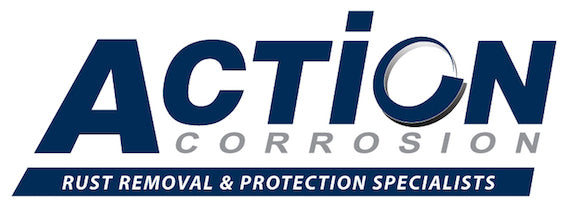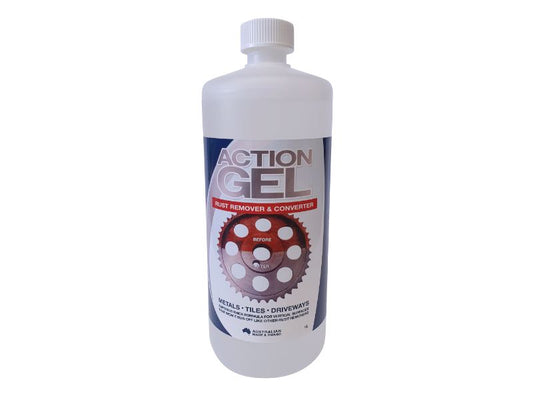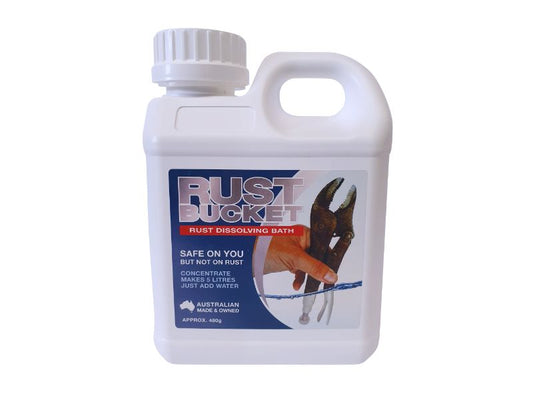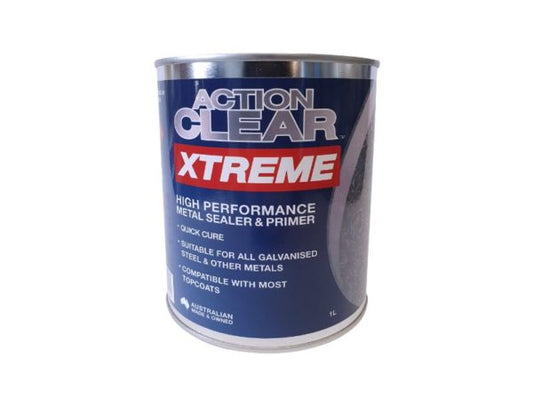Collection: Metal Rust Removal & Protection
Action Corrosion Metal Rust Removal products are designed and engineered to do the toughest job for you, quickly dissolving rust, leaving an exceptional result and finishing on your surfaces. Our products line covers all your needs from rust removal to prevention, even on the heaviest rust. Our metal rust removal products are safe for you and your family but tough and effective on rust, restoring your surfaces to look like new.
Apply the Action Corrosion Rust Bucket as a quick rust dissolving bath. This is an excellent alternative for most metals like stainless steel, copper and iron, and compatible with most topcoats, preventing powdering on galvanised metals.
Our Action Corrosion Rust Removal Gel is another fantastic product. It helps to dissolve the rust on the surfaces and is especially indicated for stainless steel objects, but it is also an excellent rust remover option to use on tiles and walls as well. No more mess - unlike other products in the market, its thick gel consistency will not run off before the job is done, providing a commercial-grade metal rust removal.
Follow with our Action Corrosion Clear Xtreme - High-Performance Metal Sealer and Primer to ensure long-lasting clean results, being most suitable for all galvanised metals.
-
Action Corrosion Rust Removal Gel
Regular price From $26.00 NZDRegular priceUnit price / per -
Action Corrosion Rust Bucket | Rust Removal
Regular price $57.00 NZDRegular priceUnit price / per -
Action Corrosion Clear XTREME | Metal | Anti Corrosion | Rust Protection Coating
Regular price $97.00 NZDRegular priceUnit price / per



